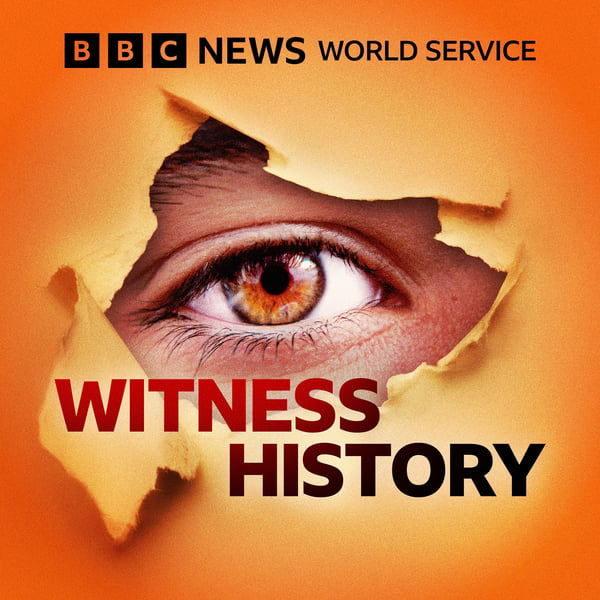Galápagos Islands’ sea cucumber dispute
Witness History
BBC
4.4 • 1.6K Ratings
🗓️ 12 January 2023
⏱️ 9 minutes
🧾️ Download transcript
Summary
Transcript
Click on a timestamp to play from that location
| 0:00.0 | BBC World Service and now witness history. Today we're taking you back to the 1990s and |
| 0:12.4 | to the Galapagos Islands where a bitter and at times violent dispute broke out between |
| 0:17.7 | fishermen and conservationists. The conflict affected the whole community and it all |
| 0:22.8 | sent it around one thing. Sea cucumbers. In 2020, Mike Lanchin spoke to Marco Escarabai and |
| 0:29.7 | Alan Tai. It sounds trite to say it but it was just a fabulous place to work and the best |
| 0:37.8 | times were the feeling that I'd get from being alone on an inhabited island. |
| 0:47.0 | I agreed that there are pristine areas where we need to look |
| 0:52.7 | carefully at whether fishing is destroying the ecosystem or not. But we fishermen need to catch |
| 0:58.5 | fish. That's what we do. That's how we make a living. Located some 900 kilometres off the coast |
| 1:05.4 | of Ecuador in South America, the Galapagos Archipelago is made up of a chain of 21 largely uninhabited |
| 1:12.5 | islands. They were discovered in 1535 and 300 years later the legendary British naturalist Charles |
| 1:20.1 | Darwin first set foot on its rugged volcanic terrain. In the morning of the 17th we landed on |
| 1:27.2 | Chatham Island, which like the others rises with a tame and rounded outline. Interrupted only |
| 1:34.4 | here and there by scattered helix, the remains of former craters. The natural history of this |
| 1:40.3 | archipelago is very remarkable. It seems to be a little world within itself. Darwin went on to base his |
| 1:47.4 | groundbreaking theory of evolution by natural selection on what he'd observed in this little world |
| 1:53.7 | within itself. As a specialist working on plants there, I was just amazed by the way that plants |
| 2:02.2 | had evolved to deal with this harsh landscape. It's just an example of how oceanic tropical islands |
| 2:09.0 | used to look. That's British biologist Alan Tai. He arrived in the mid 1990s to head one of the |
| 2:15.4 | science units at the Charles Darwin Research Station on center Cruse, one of the inhabited Galapagos |
| 2:21.8 | islands. The population of the Galapagos had risen from about 1500 in the 1950s to some 15,000 |
| 2:30.0 | by the 1980s mainly because of migration from mainland Ecuador. I'm from a long line of fishermen, |
... |
Please login to see the full transcript.
Disclaimer: The podcast and artwork embedded on this page are from BBC, and are the property of its owner and not affiliated with or endorsed by Tapesearch.
Generated transcripts are the property of BBC and are distributed freely under the Fair Use doctrine. Transcripts generated by Tapesearch are not guaranteed to be accurate.
Copyright © Tapesearch 2025.

